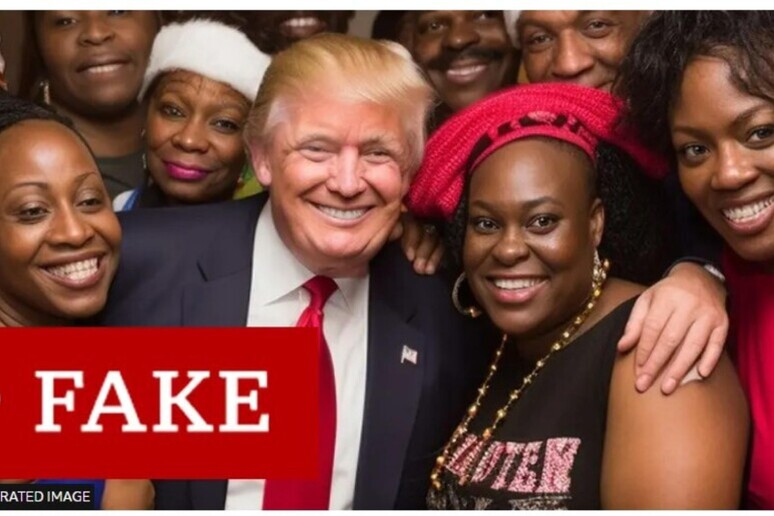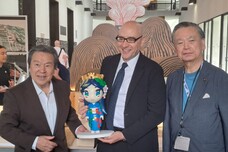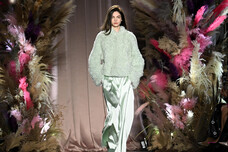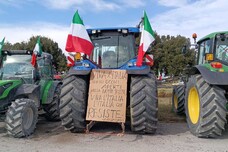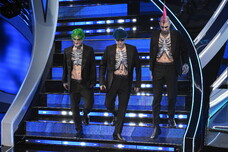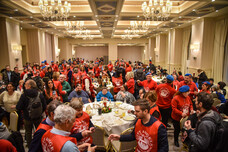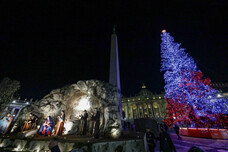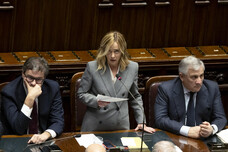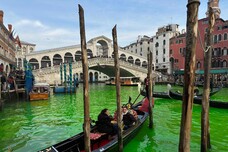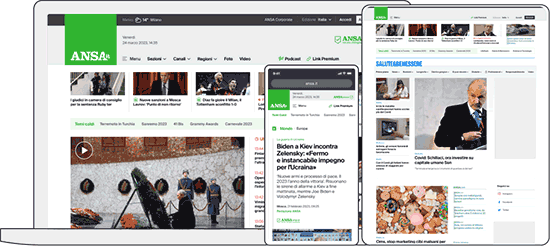(By Alessio Jacona*)
The faces are relaxed, serene with
some smiles.
They are looking straight at the camera, as you do when you are
with friends and want to take a photo to remember a lovely
moment with.
Ex-president Donald Trump is at the centre, surrounded by young
members of the African American community.
Unfortunately, it is the umpteenth deepfake, a false image
created with generative artificial intelligence portraying an
encounter that never took place with the aim of winning support
- and therefore votes - for the Republic candidate.
It is an attempt to deceive and manipulate the electorate of
colour, which was crucial for the Democrats success in the
so-called 'swing States' when Joe Biden won the presidential
elections in 2020.
'Grassroots' Disinformation.
There are lots of images like this on the Internet.
The BBC show Panorama discovered them and highlighted the
emergence of this new form of disinformation ahead of the United
States presidential elections in November.
It could be called "grassroots disinformation generated by AI"
because the content was created by American citizens and the
phenomenon looks set to grow exponentially.
The BBC journalists were unable to find any link between the
deepfake in question and Trump's election campaign nor was there
a link to interference from foreign governments (as happened in
2016).
They did, however, manage to trace the deepfakes to 'ordinary'
US citizens - conservative influencers with big social-media
followings who have been waging an incessant campaign against
the Democrats and President Biden on their accounts for some
time. .
'Alternative-facts' boosted by AI.
In a certain sense, this is only the natural evolution of what
has been happening since the the middle of the last decade, when
the American Right became the "alternative right", those who
identify with a more conservative, reactionary ideology, reject
traditional politics and exploit digital channels to spread
false, or at least controversial, information called
"alternative facts".
Over the years this practice has become central to Trump's
communication strategy (costing him ejection from Facebook and
Twitter, as X was called at the time) and it has become topical
again with increasingly powerful artificial intelligence tools
accessible to everyone. Just a prompt is needed to create
convincing texts, images and soon photorealistic videos too.
BBC Panorama spoke to some of the creators who spread fake
images of Trump with young African Americans.
One is Mark Kay, the ultra conservative presenter of a Florida
radio show and the administrator of a Facebook page with over a
million followers.
He justified sharing the deepfake (which is no longer on his
profile), by saying he is not a photojournalist but a
storyteller, that he never said the photo was real and that, if
some people thought it was, that is their problem.
*Journalist, innovation expert and editor of the ANSA.it
Artificial Intelligence Observatory
ALL RIGHTS RESERVED © Copyright ANSA
